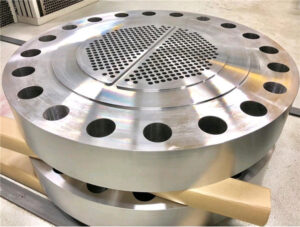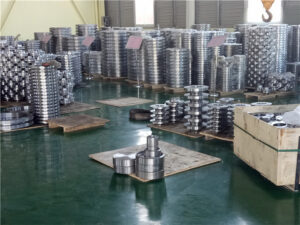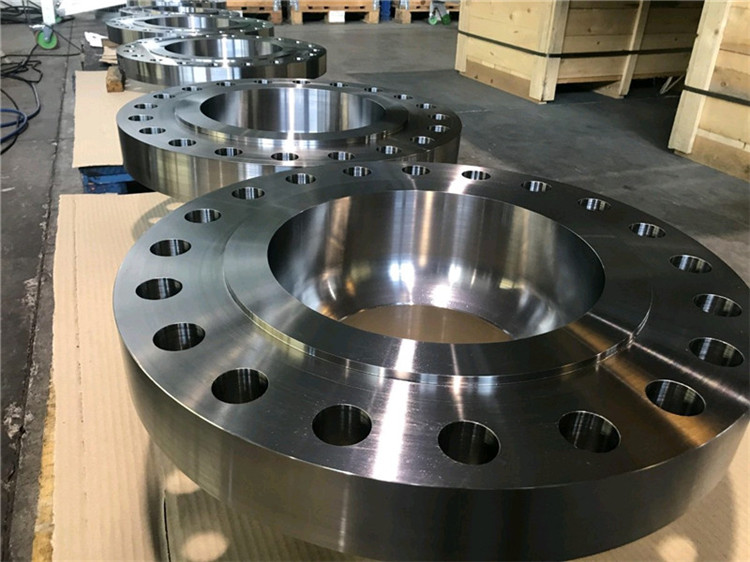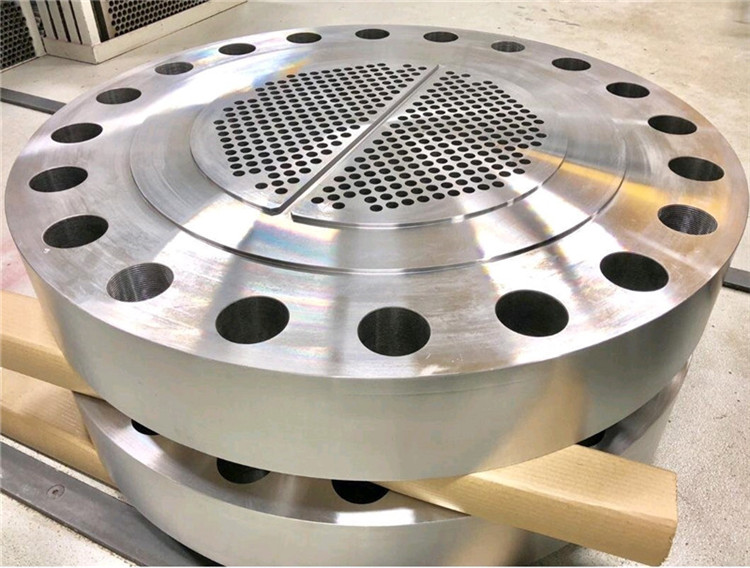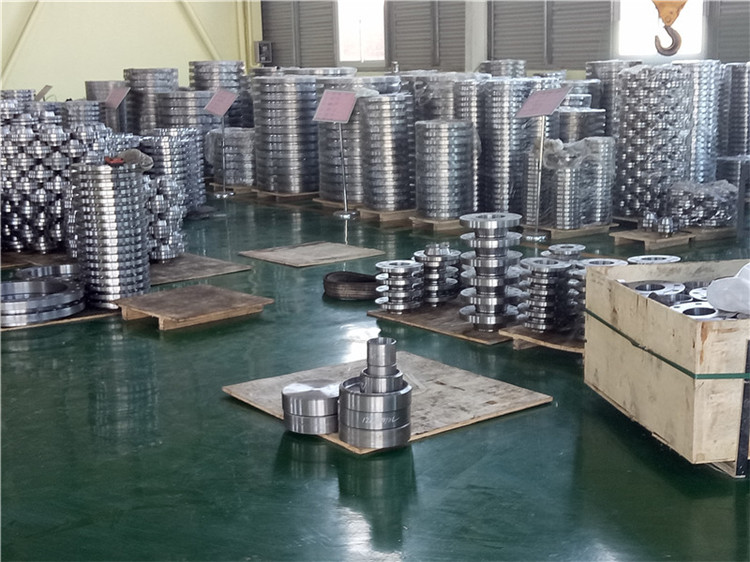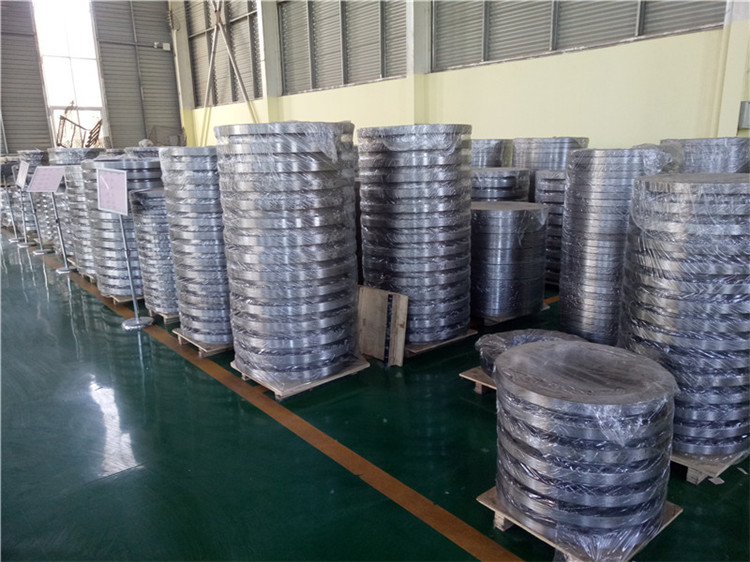1. Performance of Alloy Pipes in HTHP Conditions
A. High-Temperature Resistance
- Creep Resistance: Alloy pipes (e.g., P91, P92, Inconel) resist deformation under prolonged heat and stress due to added elements like chromium (Cr), molybdenum (Mo), and vanadium (V).
- Example: ASTM A335 P91 retains strength up to 600°C (1112°F).
- Oxidation Resistance: Chromium forms a protective oxide layer, preventing scaling (e.g., 304H SS for temps up to 870°C).
- Thermal Fatigue Resistance: Nickel-based alloys (e.g., Inconel 625) handle cyclic heating/cooling without cracking.
B. High-Pressure Performance
- Yield Strength: Alloy pipes maintain structural integrity under extreme pressure.
- P11 Alloy Steel: Rated for ~2,500 psi at elevated temps.
- Duplex 2205: Combines strength with corrosion resistance for offshore pressure applications.
- Burst Resistance: Alloys like ASTM A691 Cr-Mo are used in power plant steam lines (up to 5,000 psi).
2. Key Alloying Elements & Their Roles
| Element | Function | Example Alloys |
|---|---|---|
| Chromium (Cr) | Oxidation/corrosion resistance | P91 (9% Cr), 316H SS |
| Molybdenum (Mo) | Enhances strength & creep resistance | P22 (2.25% Cr-1% Mo) |
| Nickel (Ni) | Improves toughness & thermal stability | Inconel 600, 800H |
| Vanadium (V) | Refines grain structure for durability | P92 (0.2% V) |



